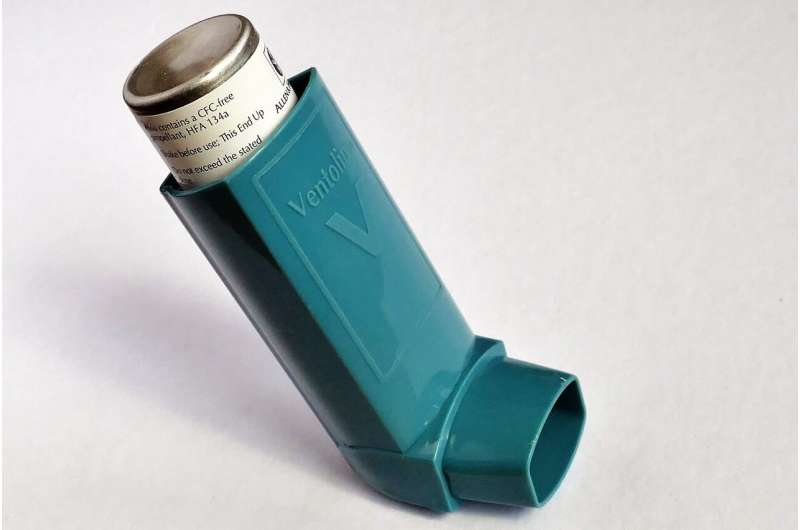Innovative Four-Drug Regimen Sets New Standard for Treating Multiple Myeloma

A groundbreaking clinical trial introduces a new four-drug combination that significantly improves outcomes for patients with newly diagnosed multiple myeloma, establishing a fresh standard of care.
A significant breakthrough in the treatment of multiple myeloma has emerged with the introduction of a new four-drug combination that proves both highly effective and safe for newly diagnosed patients. Presented at the American Society of Clinical Oncology (ASCO) annual meeting held from May 30 to June 3, 2025, these findings showcase advancements in targeted cancer therapy.
The research stems from the ADVANCE clinical trial, led by Sylvester Comprehensive Cancer Center, part of the University of Miami Miller School of Medicine. The trial evaluates adding daratumumab, a targeted immunotherapy drug, to the existing standard treatment known as KRd (carfilzomib, lenalidomide, and dexamethasone). The goal was to determine if this combination would improve patient outcomes.
Dr. C. Ola Landgren, the study's principal investigator, highlighted that adding daratumumab to KRd affirms a new standard of care for patients who previously received only KRd alone. This approach traces its roots back to the earlier MANHATTAN trial, which showed promising results with the addition of daratumumab, referred to as DKRd, with 71% of patients showing no detectable disease after treatment.
The ADVANCE trial was a large, multi-center, randomized study involving 306 patients, split evenly between those receiving KRd and DKRd. The results revealed that 59% of patients treated with DKRd achieved minimal residual disease (MRD) negativity after eight cycles, compared to 36% treated with KRd. Furthermore, with an average follow-up of nearly 33 months, 86% of DKRd patients remained progression-free, versus 79% on KRd. Importantly, the addition of daratumumab did not increase adverse effects significantly, owing to rigorous screening protocols to exclude patients with underlying health issues.
This combination leverages multiple therapeutic mechanisms: carfilzomib inhibits tumor protein degradation, lenalidomide stimulates immune attack against myeloma cells, dexamethasone reduces inflammation, and daratumumab targets the CD38 protein on myeloma cells to induce cell death. This multi-modal attack results in significant tumor reduction and improved patient outcomes.
The findings have already influenced clinical practice, with many centers—like Sylvester—adopting the DKRd regimen as the frontline treatment for newly diagnosed multiple myeloma. This shift also allows some patients to defer stem cell transplantation if they achieve MRD negativity, opting instead for maintenance therapy with lenalidomide.
Looking ahead, researchers plan to explore new combinations with innovative immunotherapies, such as bispecific T cell engagers, to further enhance treatment response. The success of the ADVANCE trial underscores a broader trend toward personalized and less invasive treatment strategies, ultimately improving quality of life and survival rates for multiple myeloma patients.
This advancement signals a promising future where targeted, multi-drug regimens become the new standard, solidifying a major step forward in multiple myeloma management.
Stay Updated with Mia's Feed
Get the latest health & wellness insights delivered straight to your inbox.
Related Articles
AI-Enhanced CRISPR Accelerates Development of Gene Therapies
Stanford researchers have developed CRISPR-GPT, an AI tool that simplifies gene editing design, accelerating the development of gene therapies and making genome editing more accessible across various industries.
Benefits of Routine Asthma Screening in High-Prevalence Communities
Implementing universal asthma screening in high-prevalence communities helps identify at-risk children early, addressing environmental triggers and improving health outcomes.
Questions Arise Over Citations in 'Make America Healthy Again' Report
A White House health report faces scrutiny after it was revealed that several cited studies are nonexistent, raising concerns about its credibility and scientific accuracy.



